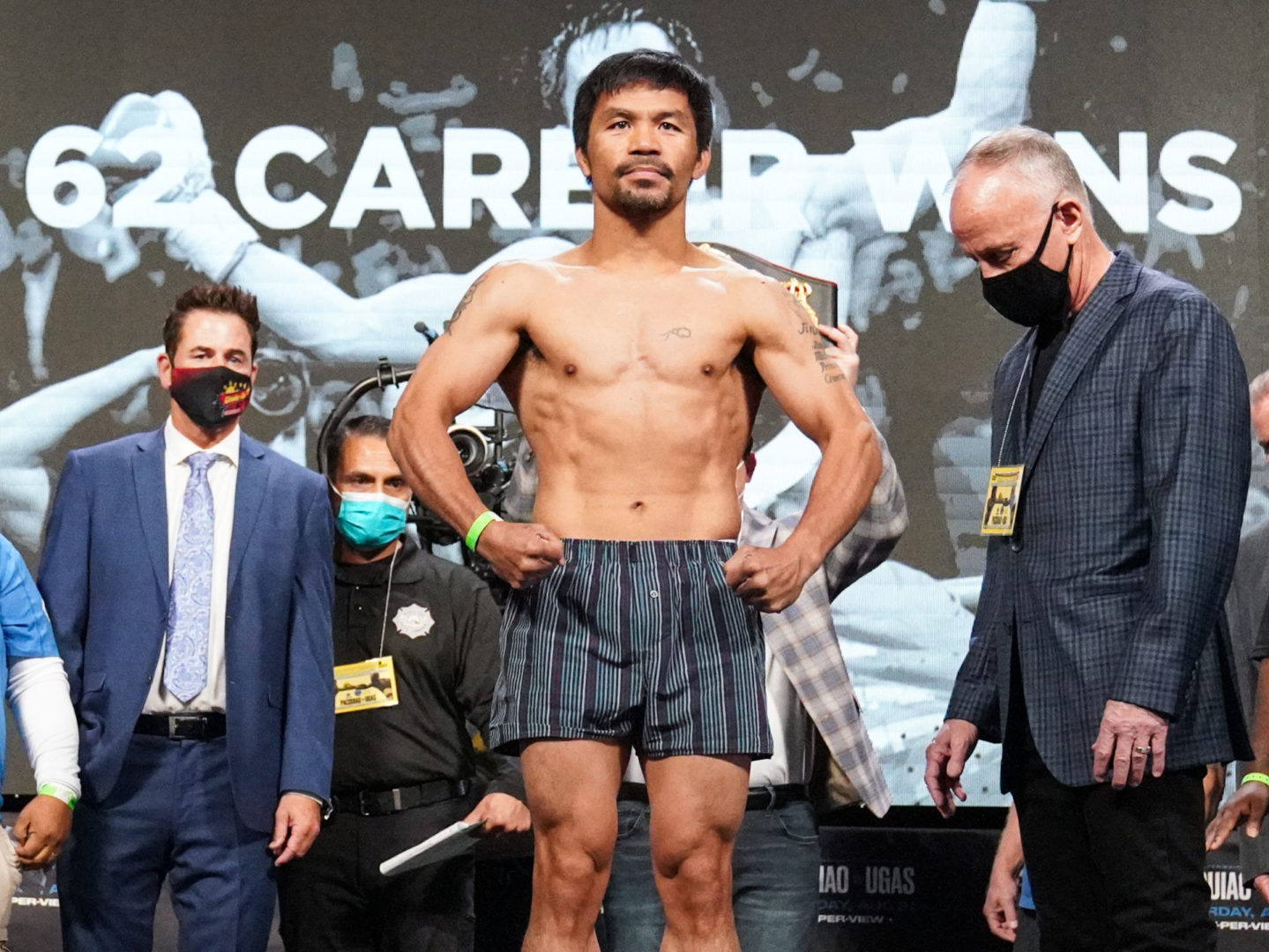
By Norm Frauenheim
Vasiliy Lomachenko, complicated and gifted, announced on Thursday what many had expected months ago. He retired.
Age was a factor. He’s 37. Injuries, including shoulder surgery and at last report a problematic back, were there, too.
In the end, however, there was a growing sense that his retirement wasn’t just about the clock’s corrosive erosion of a singular skillset or even the inevitable battle with torn tendons and pain left by years of exchanging punches.
Lomachenko landed more than he ever took. His Hall-of-Fame resume — amateur and professional — is evidence of that. But the ones the two-time Olympic gold-medalist and three-division pro champ took are the ones that leave their own permanent mark in the scars never seen on any won-loss record.
The guess here is that Lomachenko still had some big fights left in him. There was talk about Tank Davis. Fans wanted to see him against Shakur Stevenson. I would have liked to see him in a rematch against Teofimo Lopez, although it’s hard to know exactly who Lopez wants to fight anymore. Ask Devin Haney, who thought he had a reported deal this week to fight Lopez until he didn’t. I also would have liked to see Lomachenko in a rematch against Haney.
On this scorecard, Lomachenko got handed a lousy decision in a loss to Haney for the lightweight title in May 2023. There was plenty of debate, even outrage about the 115-113, 116-112, 115-113 cards, all in favor of Haney. Some pundits acknowledged the controversy. But, they said, please don’t call it a robbery. Okay, but neither Haney nor many of his supporters called for a rematch, either.
In the fight’s immediate aftermath, there was video of Lomachenko crying in his dressing room. Then, as he walked onto the stage for the post fight-news conference, a hot mike caught his promoter Bob Arum telling him: “You won that fight easy.’’ That’s what I thought too. Then and now. After watching the fight a second and third time, this scorecard still has Lomachenko winning, 116-112.
In looking at the post-fight video, however, something else becomes even more evident, more relevant perhaps to what motivated Lomachenko to announce his retirement on social media Thursday. The fire had gone out. By the time he walked onto the stage for a post-fight newser, he was stoic. Arum was angry. He complained about a Las Vegas fight — Ukrainian-versus-American – that included three American judges. But Lomachenko remained stoic throughout the newser and the following weeks.
Only Lomachenko knows the real answer. And, perhaps, we’ll hear it some day. Still, there was a sadness about his retirement Thursday. He goes into the Hall of Fame, mostly because of his astonishing amateur record more than his pro career (18-3, 12 KOs). As an amateur, the Olympic gold medalist at the 2008 Beijing Games and again in 2012 in London was 396-1. I don’t know who beat him. But whoever you are — where ever you are — please take a bow.
As a pro, however, Lomachenko walks away amid a lingering sense that his career was somehow unfulfilled. That’s not exactly fair. But it’s there, on social media and in the minds of many. It was the stoicism in the face of the controversial loss to Haney, however, that suggests a level of resignation in Lomachenko, who did go on to fight one more time in a dominant stoppage of George Kambosos at Perth in Western Australia.
There just wasn’t much he could do about it. There was also his complicated relationship with his country, Ukraine, then and still now in a brutal war with Russia.
After years of fighting along Ukraine’s eastern border, Russian dictator Vladimir Putin launched a full-scale invasion February 2022. At the time, Lomachenko was attempting to move up the scale from featherweight and junior-lightweight to lightweight. He had fought for his country in the Olympic ring, but there were increasing complaints in social media that he wasn’t fighting for his country in a desperate war. He had appeared in a photo in fatigues as part of a territorial defense battalion for his hometown, Bilhorod-Dnistrovskyi, a port city in southwestern Ukraine.
But fellow Ukrainians were skeptical, mocking the photo as a public-relations stunt. The criticism grew and — by all accounts — it’s still there.
It’s a story, best told by journalist/author Sean Nam:
It’s a brilliantly reported story about country, war, religion, patriotism and a fighter with a skillset that has been compared to Muhammad Ali and Roy Jones Jr. I read the long piece, published a year ago, again after getting the news about Lomachenko’s retirement. It’s fair to now wonder if he decided to walk away from the ring because of the pressures he felt — and may still feel — at home. The ring must have felt like a very small — irrelevant — place after the Haney loss.
Lomachenko cried, but maybe for something a lot bigger than another controversial decision in the boxing business.
Late last year, Lomachenko’s manager Egis Klimas gave some credence to talk that Lomachenko’s passion for boxing had been extinguished. Klimas confirmed that there were questions about whether the motivation was still there.
In Thursday’s post, Lomachenko talked about his faith and about how he had grown over the last few years from a prideful young man. He thanked his father. He thanked his fans. But, still, there was a stoicism from a man created by conflict within the ring and perhaps changed by a bigger one at home.










